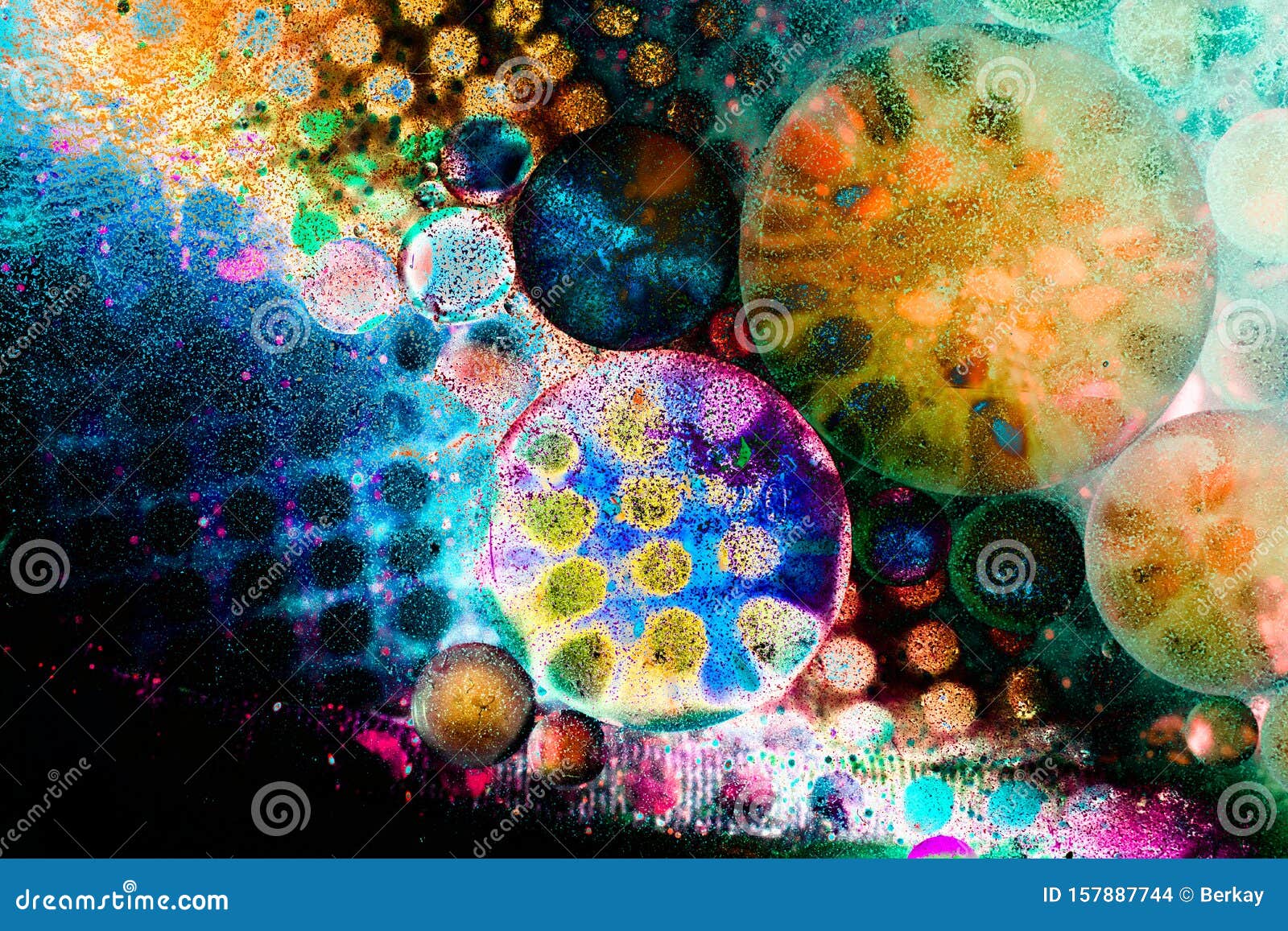

A solid may be dispersed in a gas to form a solid aerosol (e.g., dust or smoke in air), in a liquid to form a sol (e.g., ink or muddy water), or in a solid to form a solid sol (e.g., certain alloys).Ī further distinction is often made in the case of a dispersed solid. A liquid may be dispersed in a gas to form an aerosol (e.g., fog or aerosol spray), in another liquid to form an emulsion (e.g., homogenized milk or mayonnaise), or in a solid to form a gel (e.g., jellies or cheese).

A gas may be dispersed in a liquid to form a foam (e.g., shaving lather or beaten egg white) or in a solid to form a solid foam (e.g., styrofoam or marshmallow). One way of classifying colloids is to group them according to the phase (solid, liquid, or gas) of the dispersed substance and of the medium of dispersion. Although there are no precise boundaries of size between the particles in mixtures, colloids, or solutions, colloidal particles are usually on the order of 10 −7 to 10 −5 cm in size. In a true solution the particles of dissolved substance are of molecular size and are thus smaller than colloidal particles in a coarse mixture (e.g., a suspension) the particles are much larger than colloidal particles. Colloidal particles are larger than molecules but too small to be observed directly with a microscope however, their shape and size can be determined by electron microscopy. He gave the name colloid to substances that do not diffuse through a semipermeable membrane (e.g., parchment or cellophane) and the name crystalloid to those which do diffuse and which are therefore in true solution. The Scottish chemist Thomas Graham discovered (1860) that certain substances (e.g., glue, gelatin, or starch) could be separated from certain other substances (e.g., sugar or salt) by dialysis.


 0 kommentar(er)
0 kommentar(er)
